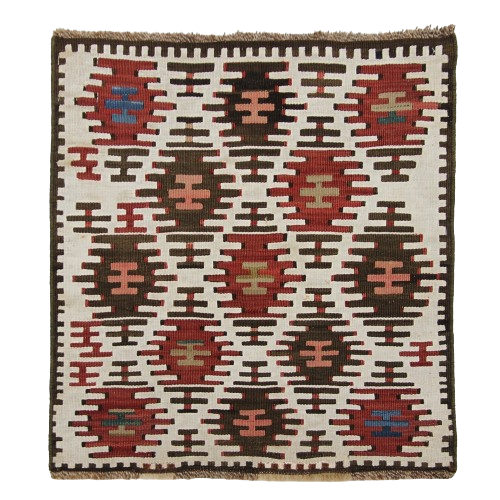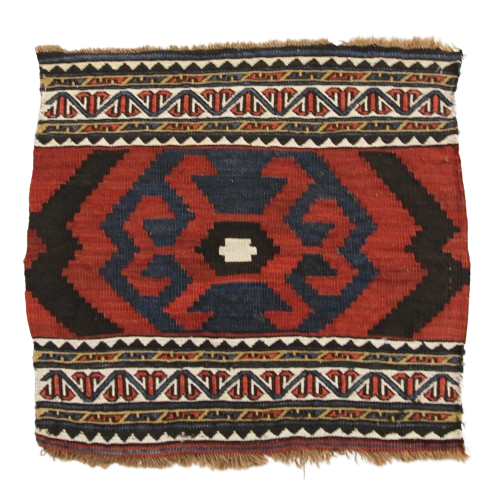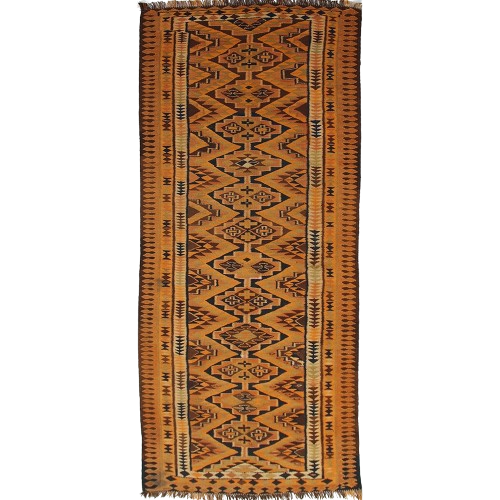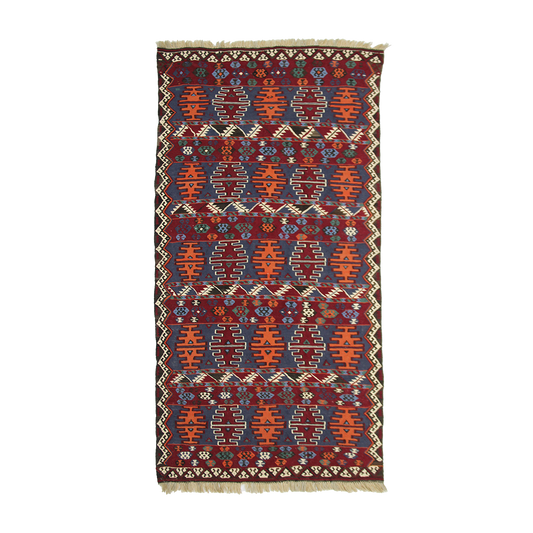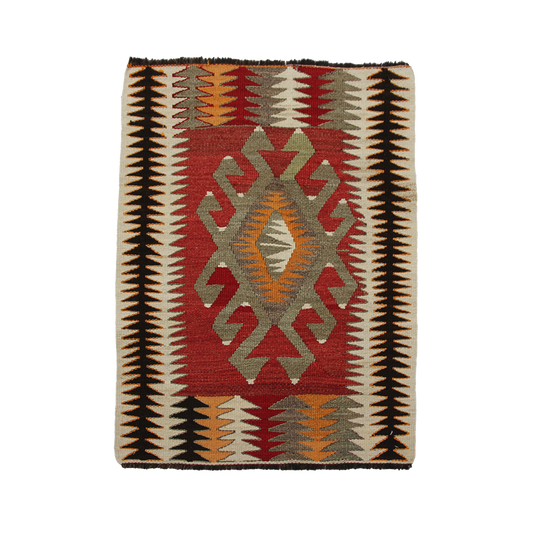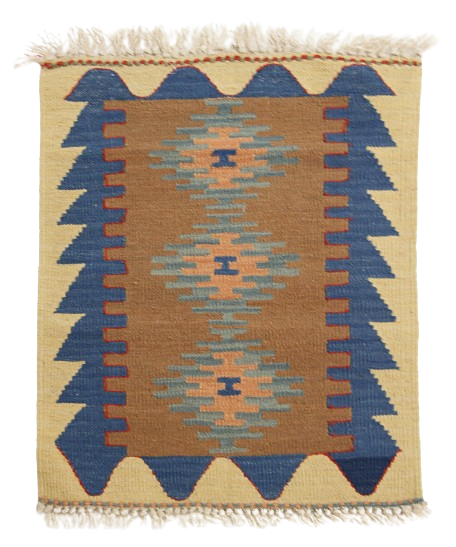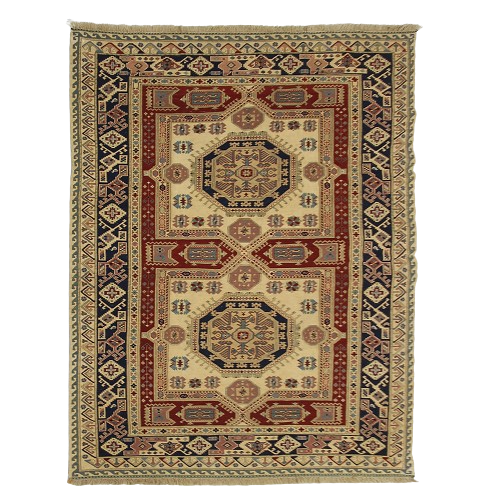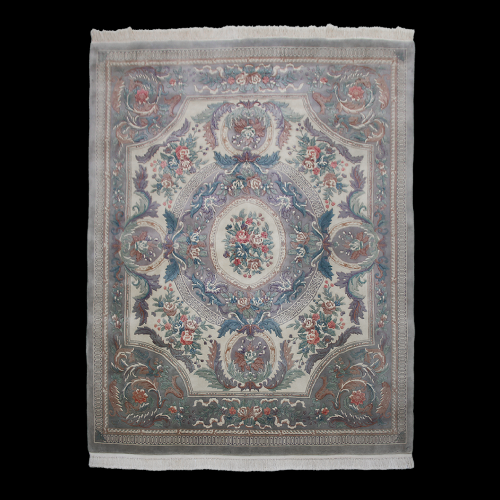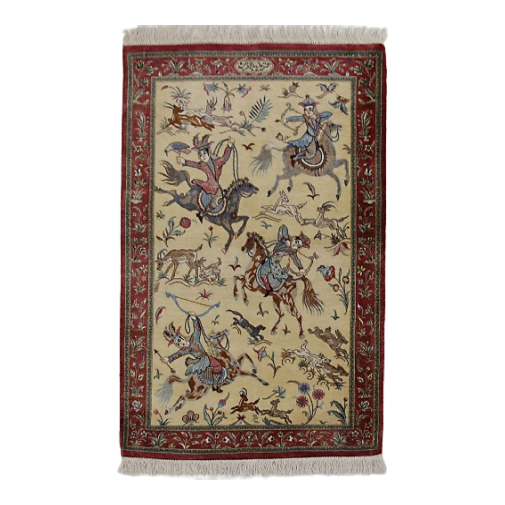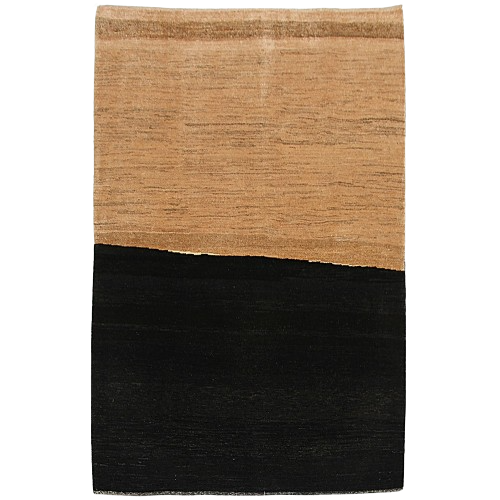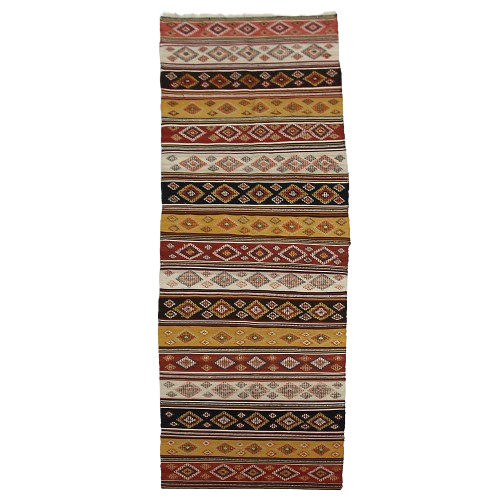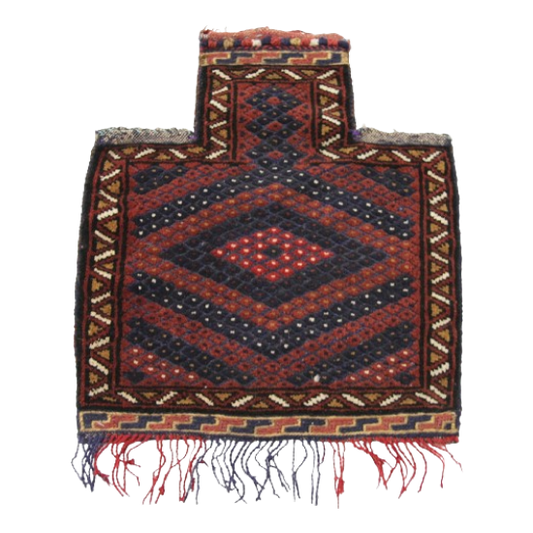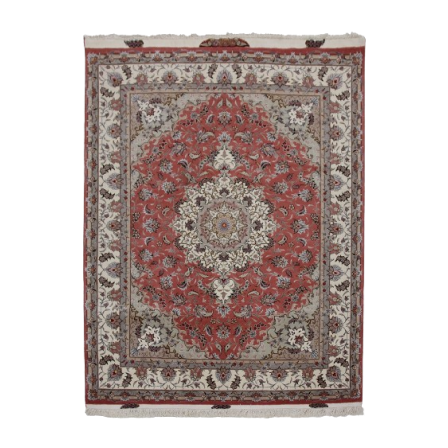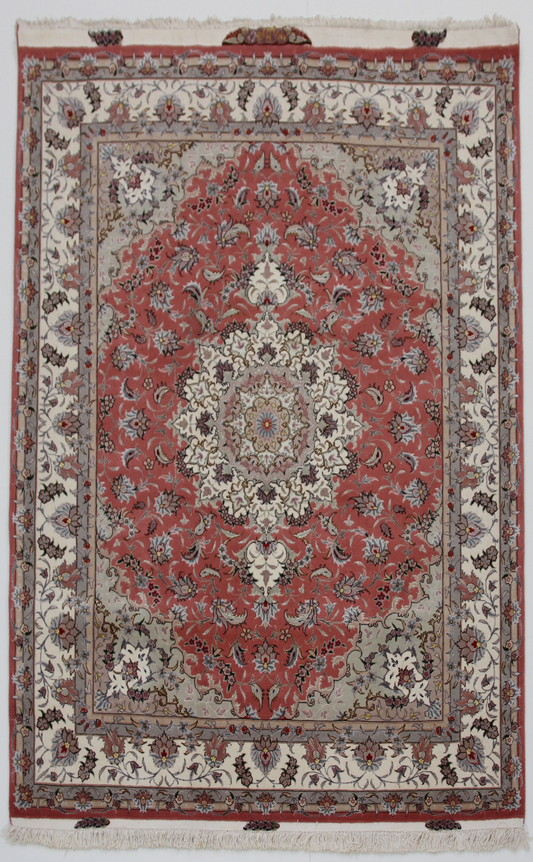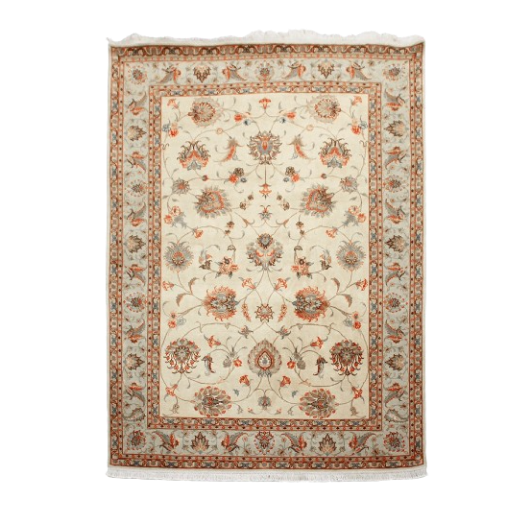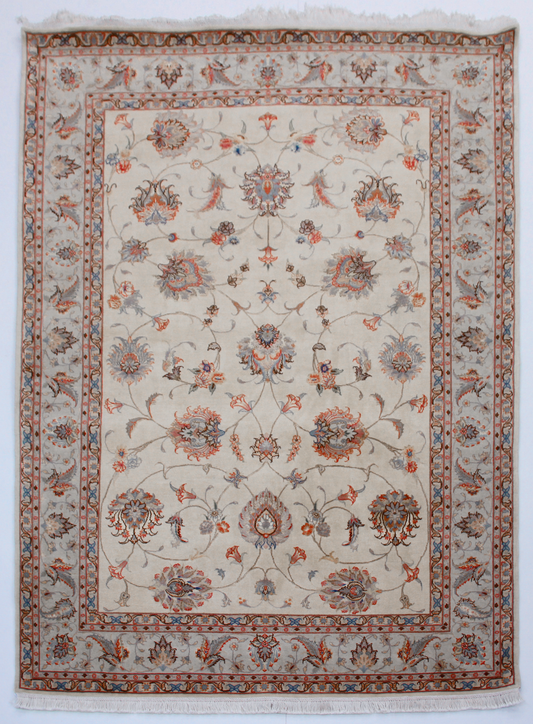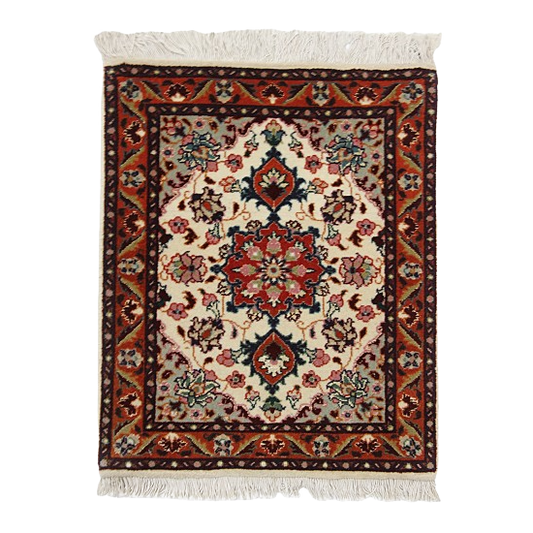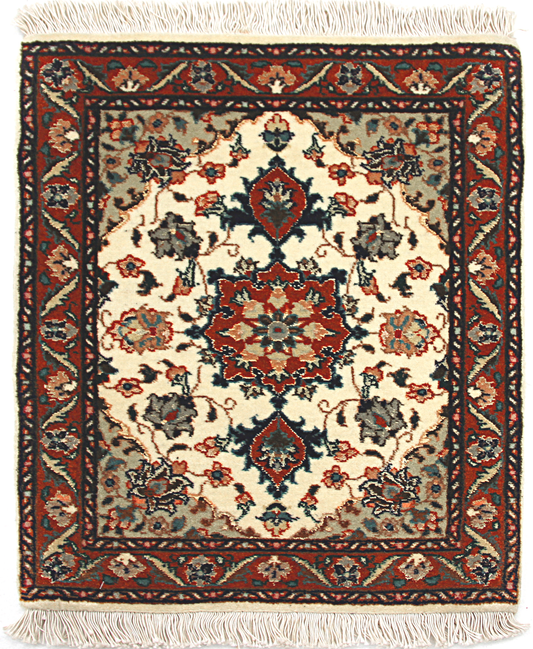Collection: Kilim carpets
History and origins
The history of kilims is very old, dating back to the Neolithic period around 7000 BC. They developed during the lives of nomadic peoples and were used as lightweight textiles that were easy to transport. As a result, kilim designs and techniques show influences from various cultures and regions. Over time, kilims have become widely accepted by sedentary peoples for their beauty and functionality, and they continue to be loved to this day.
Materials and Techniques
Kilims are primarily made from wool, but sometimes cotton and silk are used. Wool has the advantage of being durable and easy to dye. Kilims are basically woven using the flat weave technique, where the warp and weft threads are crossed. This technique results in a thin, light fabric with no pile. Unlike machine-woven kilims, each hand-woven kilim is a unique piece that reflects the individuality and craftsmanship of the artisan.
Uses and Value
Kilim carpets are versatile due to their lightness and beauty. They are used not only as floor coverings, but also as wall hangings, sofa covers and tablecloths. They are also popular as interior and fashion items such as cushion covers and bags. The value of a kilim is determined by its design, weaving technique and the quality of the materials. Old kilims and those with rare designs are particularly highly valued.
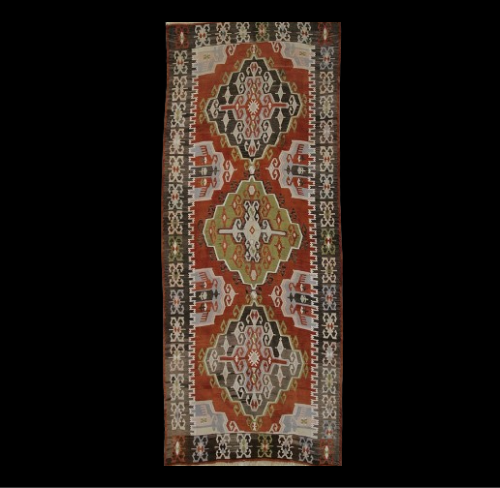
-
Kilim carpet, piece number K4304, 50x47cm
Vendor:EPOXRegular price ¥70,800 JPYRegular priceUnit price / per¥118,000 JPYSale price ¥70,800 JPYSale -
Kilim carpet, piece number K4303, 59x54cm
Vendor:EPOXRegular price ¥70,800 JPYRegular priceUnit price / per¥118,000 JPYSale price ¥70,800 JPYSale -
Kilim carpet, piece number K1139, Kilim runner, 250x91cm
Vendor:EPOXRegular price ¥352,800 JPYRegular priceUnit price / per¥588,000 JPYSale price ¥352,800 JPYSale -
Kilim carpet, piece number K1108, 100x60cm
Vendor:EPOXRegular price ¥46,800 JPYRegular priceUnit price / per¥78,000 JPYSale price ¥46,800 JPYSale -
Kilim carpet, piece number K0723, 218x125cm
Vendor:EPOXRegular price ¥180,000 JPYRegular priceUnit price / per¥300,000 JPYSale price ¥180,000 JPYSold out -
Kilim carpet, item number SS23GA, 92x68cm
Vendor:EPOXRegular price ¥94,500 JPYRegular priceUnit price / per¥157,500 JPYSale price ¥94,500 JPYSale -
Kilim carpet, item number SS0914, 73x53cm
Vendor:EPOXRegular price ¥15,120 JPYRegular priceUnit price / per¥25,200 JPYSale price ¥15,120 JPYSale -
Kilim carpet, item number SS0016, 191x177cm
Vendor:EPOXRegular price ¥129,000 JPYRegular priceUnit price / per¥215,000 JPYSale price ¥129,000 JPYSale
EPOX COLLECTION
-
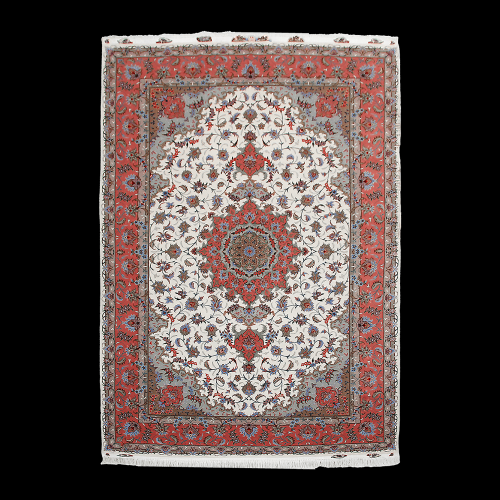
Persian carpets
History and origins The history of Persian carpets is long, dating back...
-
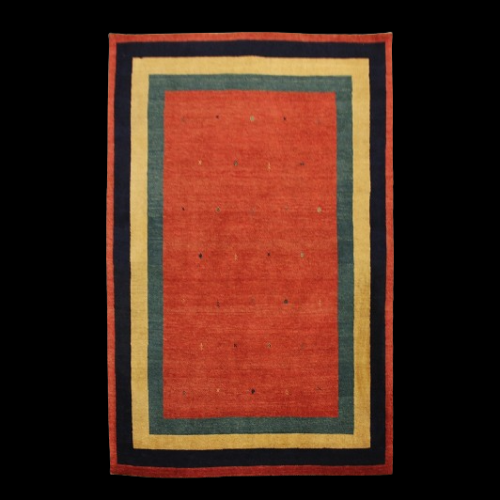
Gabbeh carpets
History and origins The origin of Gabbeh is ancient and closely linked...
-
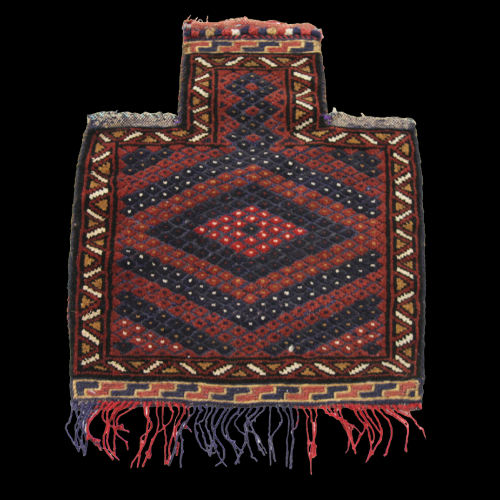
Small items bags/salt bags
History and Background Kilims and salt bags are deeply rooted in the...
-
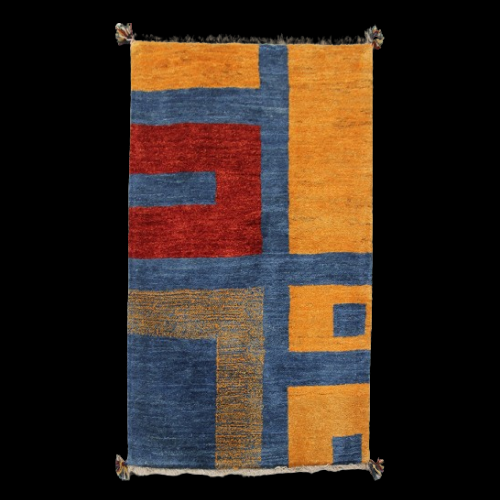
Other carpets
Our other carpets feature traditional hand-weaving techniques and unique designs, bringing a...
-
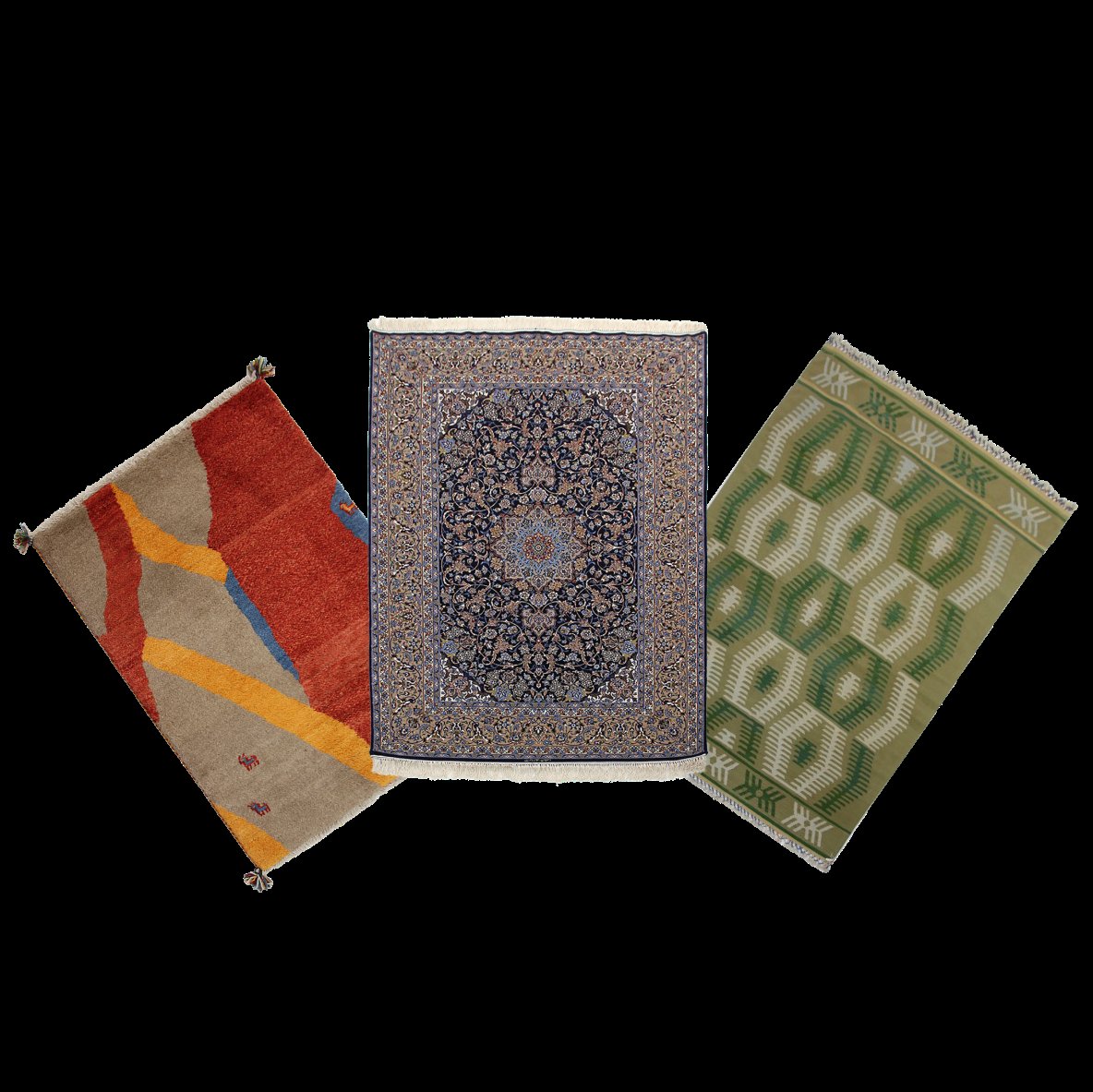
All carpets
A combination of outstanding quality and artistry Welcome to the...
EPOX's best collection
-
Persian carpet, item number 6375, 91x57cm
Regular price ¥369,600 JPYRegular priceUnit price / per¥924,000 JPYSale price ¥369,600 JPYSale -
Gabbeh carpet, item number G5513, 234x178cm
Regular price ¥470,232 JPYRegular priceUnit price / per¥783,720 JPYSale price ¥470,232 JPYSold out -
Kilim carpet, piece number K1136, 200x50cm
Regular price ¥216,000 JPYRegular priceUnit price / per¥360,000 JPYSale price ¥216,000 JPYSale -
Bag Work number Salt bag 50x41cm
Regular price ¥7,200 JPYRegular priceUnit price / per¥12,000 JPYSale price ¥7,200 JPYSale
Featured Collection
-
Persian carpet, item number 6458, 199x151cm
Vendor:EPOXRegular price ¥2,376,000 JPYRegular priceUnit price / per¥5,940,000 JPYSale price ¥2,376,000 JPYSale -
Persian carpet, item number 7464, 240x166cm
Vendor:EPOXRegular price ¥1,953,600 JPYRegular priceUnit price / per¥4,884,000 JPYSale price ¥1,953,600 JPYSale -
Persian carpet, No. 4240, 50x38cm
Vendor:EPOXRegular price ¥76,072 JPYRegular priceUnit price / per¥190,180 JPYSale price ¥76,072 JPYSale

